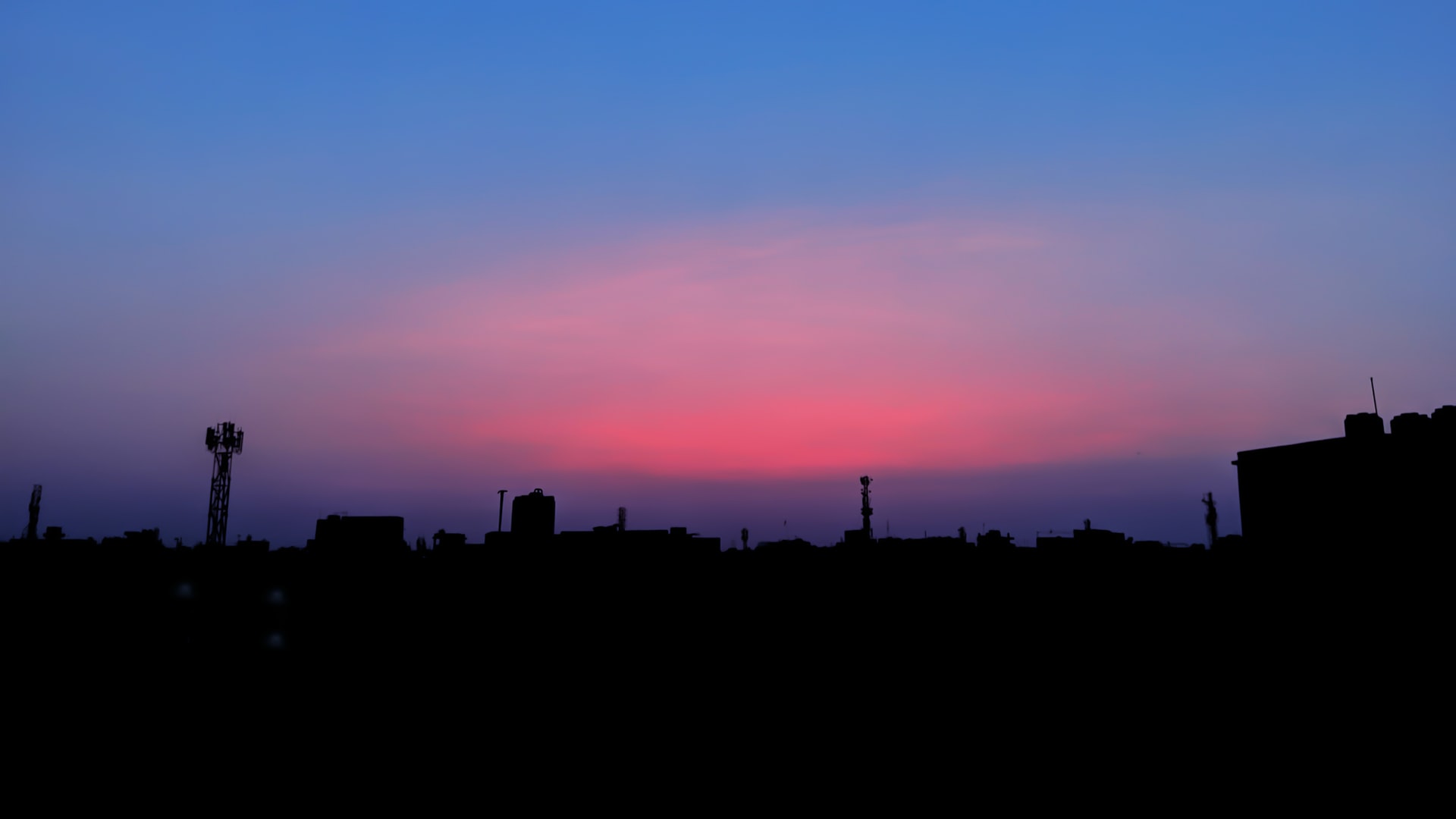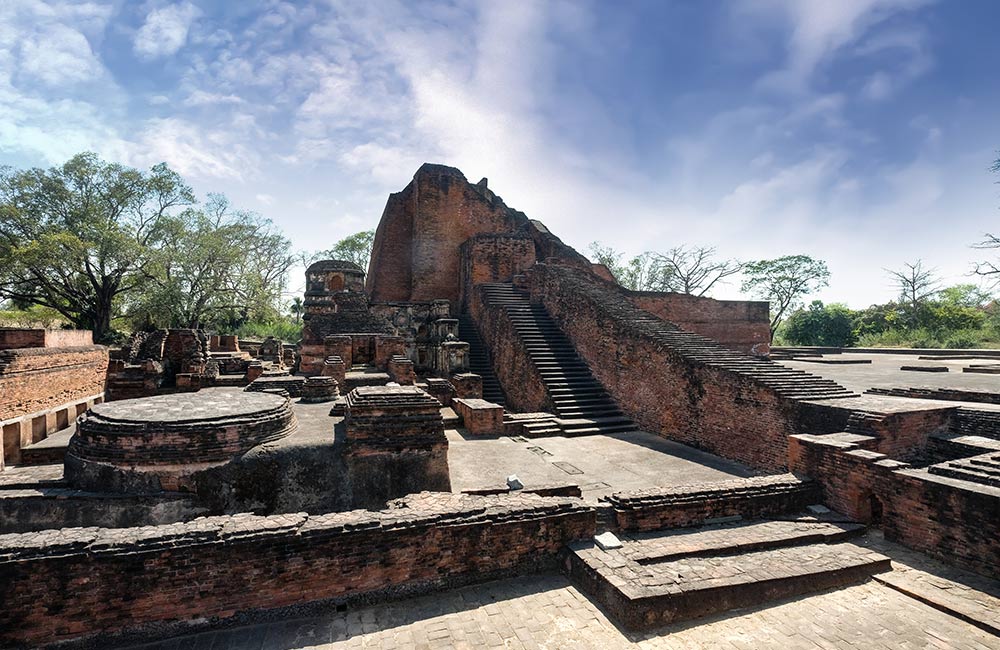
If you read the origin and history of Patna then you find a very interesting character a mythological King Putraka who created Patna by magic for his queen Patali, known as “trumpet flower”, which gives it its ancient name Pataligrama. Patna was made in the honor of the queen’s first-born, the city was named Pataliputra. In Sanskrit Gram stands for village and Putra means son.
But if we try to figure out the history in scientific norms, then it would be very easy to surmise that the history of Patna started around the year 490 BCE when Ajatashatru, the king of Magadha, wanted to shift his capital from the hilly Rajagaha to a place where he combats the Licchavis of Vaishali. First he selected the on the bank of Ganges and fortified the area. After the rise of that time, the city has possessed a continuous history, a record claimed by few cities in the world. When the city founded, it was known as “Pataligrama” and after some year it is known as “Pataliputra” which is today’s Patna. Gautama Buddha spent his life in this place in the last year of his life. He suggested a great future for this place, but at the same time, he predicted its ruin from flood, fire, and feud. It is well known that Buddha made a halt here when he was on the last journey to his homeland of Kapilavastu. After the rise of the Mauryan empire, the place became the seat of power and became the beautiful center of the sub-continent. From Pataliputra, the famed emperor Chandragupta Maurya known as a contemporary of Alexander ruled a great empire, spread from the Bay of Bengal to Afghanistan.

In the year 1912, Patna declared as the capital of Orissa Province and Bihar when Bengal Presidency was partitioned. It soon reflected as an important and strategic center. Different types of imposing structures were constructed by the British. All the credit goes for designing the massive and majestic buildings of colonial Patna and the beautiful architect design, I. F. Munnings. Most of these buildings possess the beauty of various Indo-Saracenic influences such as Patna Museum and the state Assembly, or you can say Renaissance influence like the Raj Bhawan and the High Court. There are also some buildings, just as the General Post Office (GPO) and the Old Secretariat bear pseudo-Renaissance influence. Some say the experience gained in building the new capital area of Patna proved a very important aspect of creating building the imperial capital, New Delhi. Orissa also developed with the different aspects of provinces in 1935. Patna continued known as the capital of Bihar province under the British Raj.
Source-Chanakya National University/Wikipedia
Megasthenes, the Indo-Greek historian and ambassador to the court of Chandragupta Maurya, provides one of the earliest accounts of the city. He also mentioned the city was situated on the confluence of the rivers Ganga and Arennovoas (Sonabhadra — Hiranyawah) and was 14 kilometers (9 mi) long and 2.82 kilometers (1.75 mi) wide.
Megasthenes, the Greek ambassador to India, also explained the city as the greatest city on earth during its heyday.
After the followed years, many dynasties ruled the Indian subcontinent from the city, including the Gupta dynasty and the Pala kings. After the disintegration of the Gupta empire, Patna passed through uncertain times. Bakhtiar Khilji captured Bihar in the 12th century and destroyed many ancient seats of learning, and Patna lost it specifically as the political and cultural center of India.
Guru Gobind Singh (22 December 1666 – 7 October 1708), the tenth Guru of the Sikhs, was born as Gobind Rai in Patna to Guru Teg Bahadur, the ninth Guru of the Sikhs, and his wife Mata Gujri. His birthplace, Patna Sahib, is one of the most sacred sites of pilgrimage for Guru Gobind Singh (22 December 1666 – 7 October 1708).
The most remarkable period during the Middle Ages was under the Pathanemperor Sher Shah Suri, who revived Patna in the middle of the 16th century. He built a fort and founded a town on the banks of the Ganges. Sher Shah’s fort in Patna does not survive, although the Sher Shah Suri mosque, built-in Afghan architectural style, does. Mughal emperor Akbar reached Patna in 1574 to crush the rebellious Afghan Chief Daud Khan. One of the narrates from Akbar’s court, his official historian and author of “Ain-i-Akbari” Abul Fazl refers to Patna as a flourishing center for paper, stone, and glass industries. He also refers to the high quality of numerous strains of rice grown in Patna, famous as Patna rice in Europe.
During the 17th century, Patna became a center of international trade.
In 1620, the English East India Company established a factory in Patna for trading in calico and silk. Soon it became a trading center for saltpeter. Francois Bernier, in Travels in the Mogul Empire (1656–1668), says “. It was carried down the Ganges with great facility, and the Dutch and English sent large cargoes to many parts of the Indies, and to Europe”. This trade encouraged other Europeans, principally the French, Danes, Dutch, and Portuguese, to compete in the lucrative business. Peter Mundy, writing in 1632, described Patna as “the greatest mart of the eastern region”.
Source- Quora
©Famous India Blog. All rights reserved.
Creativity By Needinfotech